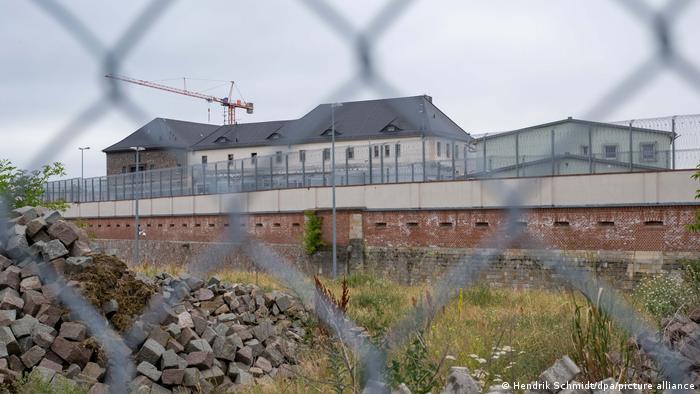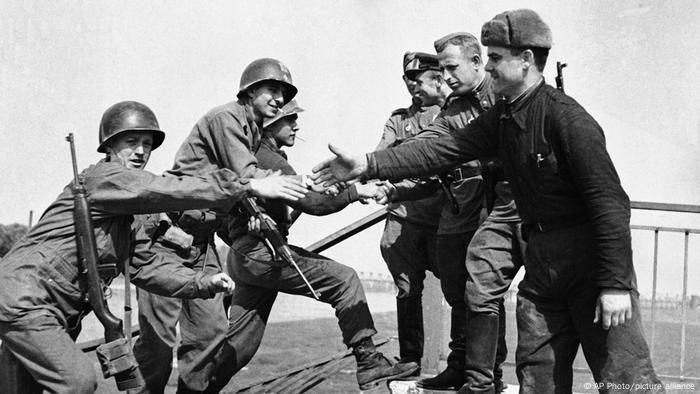German building workers find suspected Nazi mass grave
Builders made a grim discovery as they worked at a prison site in the German state of Saxony. While digging, they found the bones of several people thought to have been executed by the Nazis.

The site in Torgau, which was a Napoleonic era fortress, is still used as a prison
Police in the German city of Leipzig on Friday said construction workers at a prison near the eastern German town of Torgau had discovered the remains of a number of people buried together.
It is suspected that the bones belong to victims of the Nazi regime, which operated a detention facility at the site.
How was the discovery made?
Builders were working on a wall at the prison in Torgau when they discovered bones belonging to several individuals, Germany's Bild newspaper reported.
Forensic investigators confirmed that the bones belonged to numerous different people and that they likely dated back to the first half of the 20th century.
The office of the public prosecutor has opened an investigation into where the bones came from and the likely circumstances of the individuals' deaths.
Police said the site would be further excavated to seek any more bodies that might be buried there.
Where did the bodies come from?
According to the German news website Tag 24, the remains could belong to the victims of Germany's Nazi regime.
Torgau was the hub of the Wehrmacht's penal system, with two of Nazi Germany's eight military prisons. Some 60,000 military prisoners were detained there. From 1943, it was also home to a German military court.
Some 1,400 people were sentenced to death by the court for crimes listed as desertion, "cowardice in the face of the enemy", undermining military strength, or treason during war. About 1,200 executions were carried out, either at Torgau or other sites.

Torgau is also known as the place where US and Soviet soldiers first met
After 1945, the facilities were used by Soviet forces to detain individuals linked to the Nazi party. They were also used to hold political opponents of the communist regime before deportation to gulags in the Soviet Union.
The site where the bones were found was built in 1811 under the orders of Napoleon and was previously known as Fort Zinna. Some of the executions that took place there under the Nazis were at the moat of the old fortress.
The prison was subsequently used to house prisoners of the East German penal system and is now a correctional facility for some 400 inmates.
More generally, Torgau is also known as the place where US and Soviet forces first made contact at the end of World War II, with soldiers from the US First Army meeting those from the Soviet First Ukrainian Front. A photograph of the meeting became an iconic image of the end of the war.
rc/sms (epd, German media)
No comments:
Post a Comment